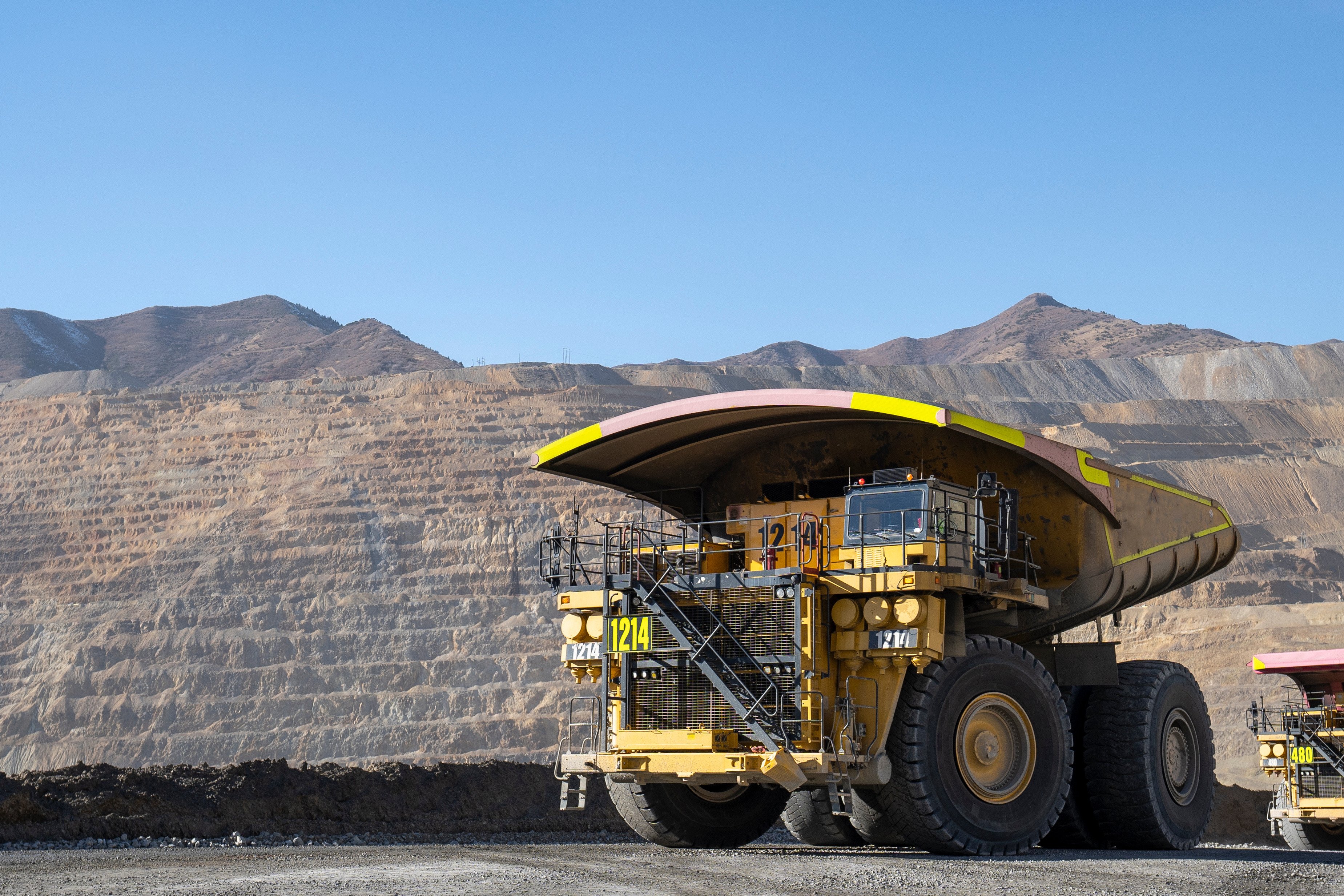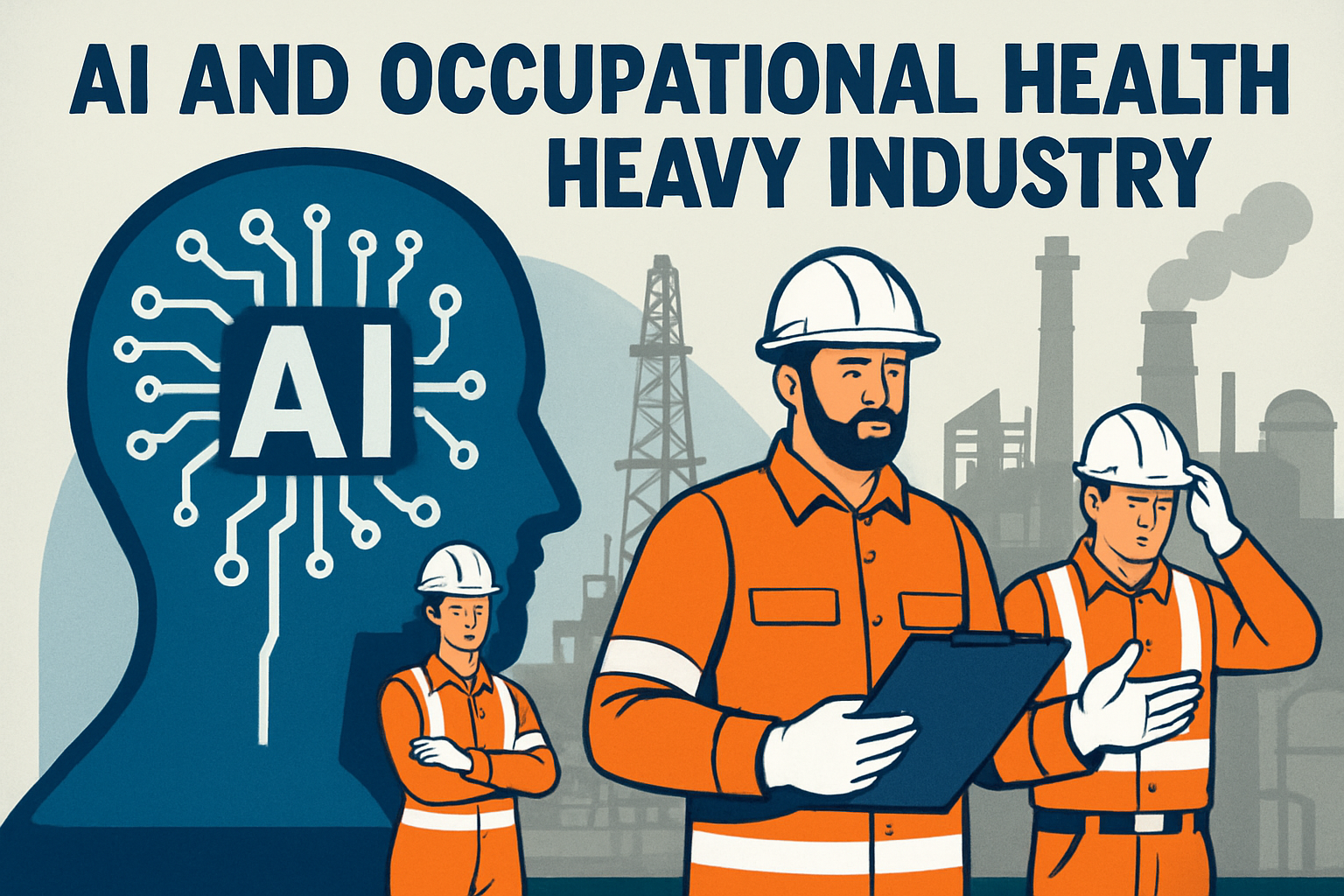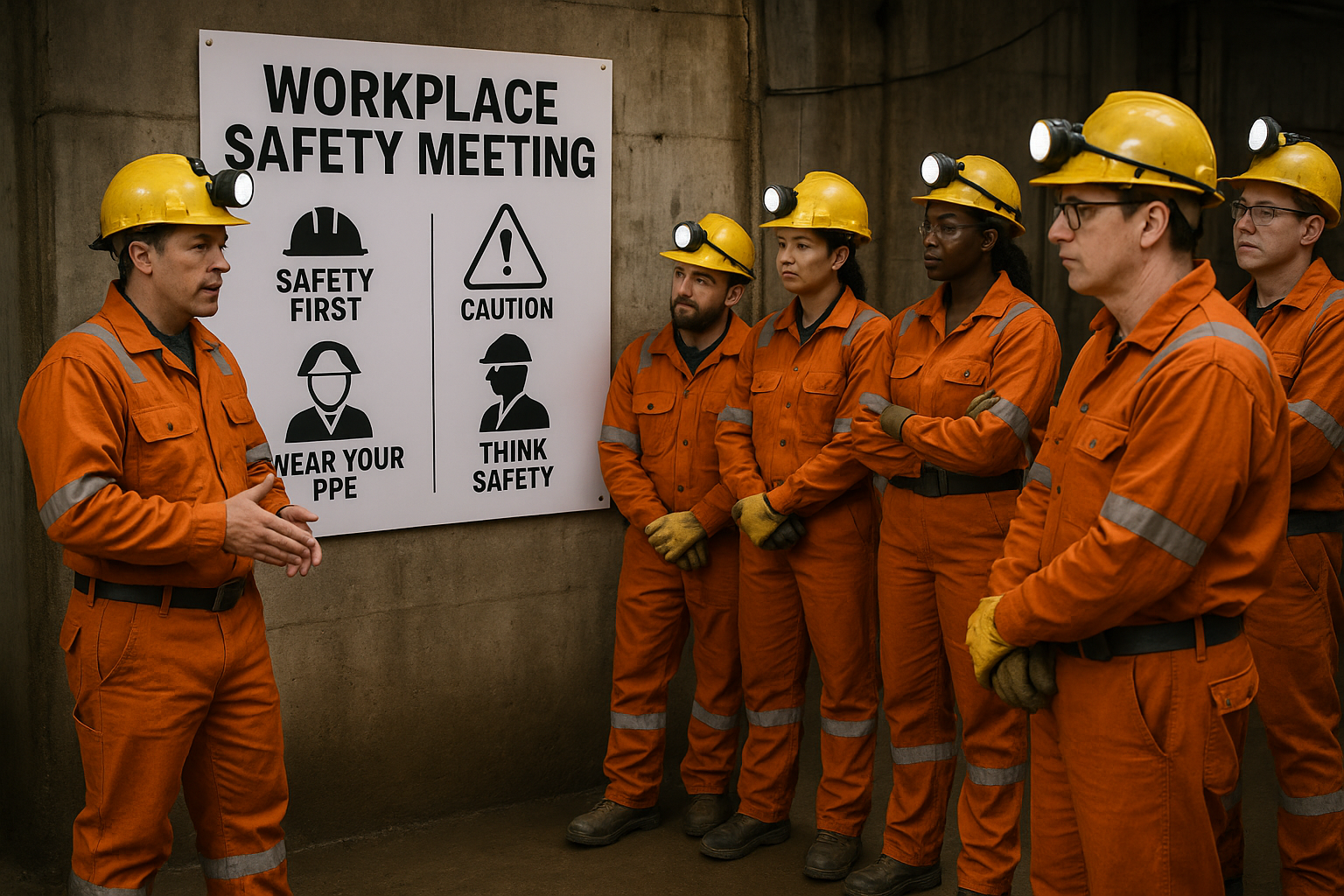
Summary
- Mining contractor, United States
- Hard rock mine
- 7-day, 12-hour shift rotations with workers sleeping onsite
- Altitude insomnia and fatigue are key challenges due to the 13,000 ft elevation and shift work
- The contractor achieved a significant reduction in in-cab camera alarms compared to workers who did not use Readi
Background
The contractor operates at a hard rock mine at extreme altitudes where physiological challenges, including Altitude Insomnia, impact workers’ ability to rest effectively. Crews work in 7-day, 12-hour shifts, alternating between day and night, with workers sleeping onsite during their rotation.
Monitoring fatigue is critical due to the demanding conditions and the need to keep operations running efficiently and safely.
Combining Readi's Predictive Fatigue Data with Reactive Camera Technology
While all haul trucks at the mine are enabled with in-cab fatigue cameras to alert drivers to fatigue events (such as microsleeps), the contractor's workers are the only ones who also use Readi. The mine's own drivers do not use Readi.
Readi provides a leading indicator of fatigue for the contractor, which is layered on top of the lagging indicator of fatigue provided by the in-cab fatigue cameras. While Readi provides predictive fatigue scores in the future for each worker, the in-cab cameras alert drivers to imminent risk.
For the mining contractor, the Readi fatigue risk management technology has become a vital tool for supervisors and HSE advisors, who review individual workers' fatigue data at the beginning of each shift to ensure they are fit for duty (i.e., not fatigue impaired) and to understand their fatigue risk for every hour throughout the shift.
Reducing the Risks of Altitude Insomnia and In-Cab Camera Alarms in Haul Trucks
Since the implementation of Readi, a predictive fatigue management technology, the operation has seen notable benefits, particularly in the reduction of worker fatigue levels and disruptive fatigue-related in-cab alarms, which occur far less frequently compared to their mine client’s employees (those who do not use Readi).
This is because Readi is a predictive system that is able to tell supervisors in advance when the risk of fatigue events (e.g., camera alarms) is high. This gives supervisors the opportunity to use fatigue countermeasures, such as task rotation and strategically scheduled breaks, to reduce fatigue risk before it becomes imminent.
Our partnership with this mining contractor provides a strong foundation for fatigue monitoring and intervention.
Related Posts
-
The Future of Occupational Health in the AI EraThe workplace safety landscape is undergoing a fundamental transformation as artificial intelligence reshapes how organizations...
-
How AI Is Shaping the Future of Occupational HealthHow AI is Shaping the Future of Occupational Health
-
Understanding AI in Workplace Safety: A Comprehensive OverviewWorkplace safety has evolved from clipboards and quarterly audits to sophisticated systems that monitor, predict, and prevent...




